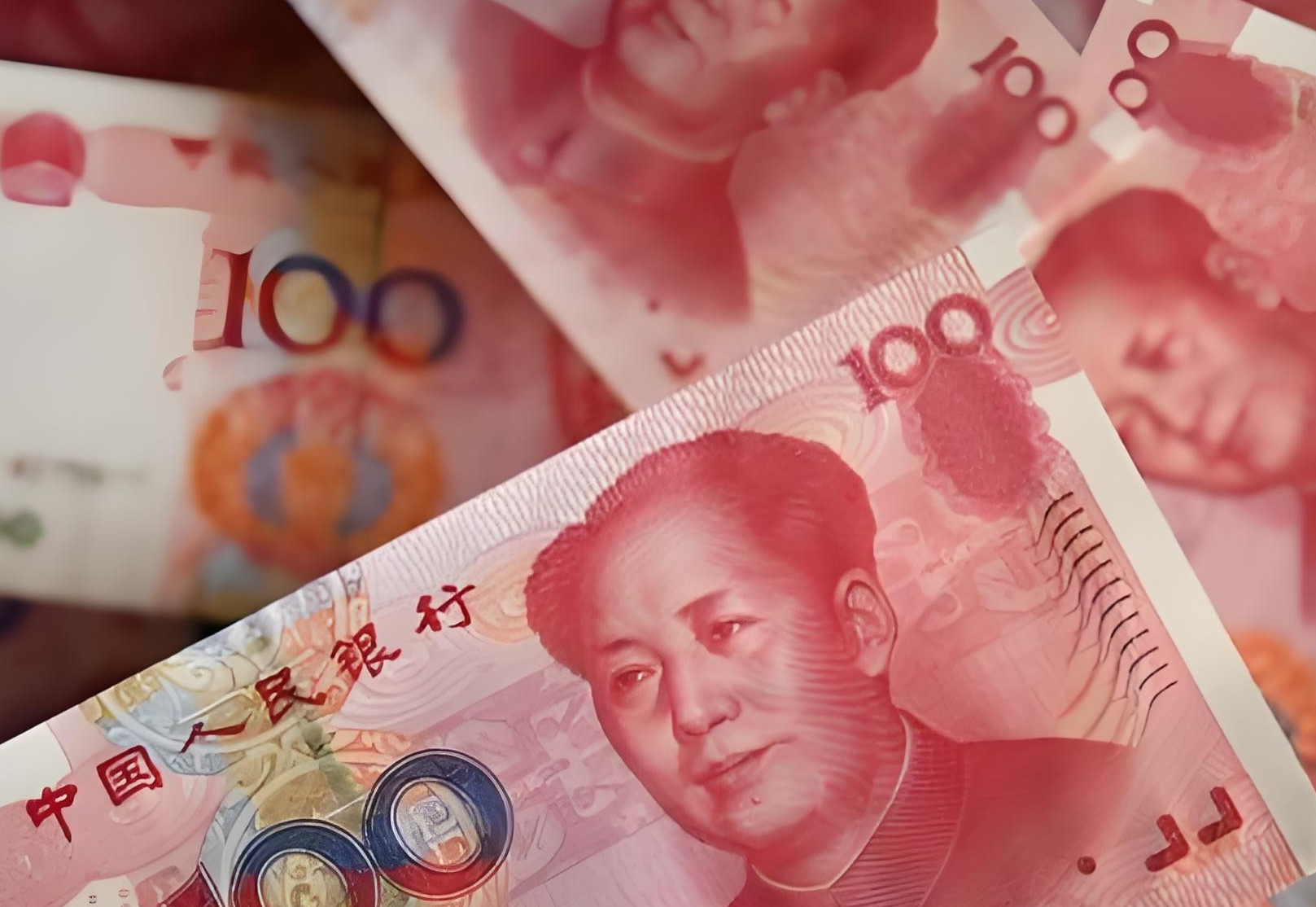U.S. Economy Expands 2.8%, Outpaces China
Advertisements
As we delve into the status of the American economy heading into the latter part of 2024,the recent data reveals fascinating insights about the characteristics and resilience of its growth.The GDP growth rate for the United States in the third quarter stood at 2.8%.While slightly lower than the 3% observed in the previous quarter,this figure undeniably reflects a robust economic performance amidst global uncertainties.The ongoing question is: what are the underlying factors that allow the United States to sustain such vigorous growth,especially when the global economic landscape appears so turbulent?
A significant engine driving the American economy is personal consumption.Reports indicate that personal consumption accounts for a staggering 70% of the total GDP in the U.S.For the third quarter,the increase in consumption was measured at a substantial 3.5%.This trend persists despite the pressures of high inflation and rising interest rates,demonstrating that American consumers maintain a strong desire and capacity to spend.Such resilience of the consumer market highlights a critical aspect: the American economy fundamentally relies on domestic demand.
In stark contrast,China's internal demand appears to be weakening.Although China continues to implement measures aimed at boosting internal circulation of its economy,the confidence and purchasing power of its consumers have not fully recovered.This translates into a slowdown in the growth rate for the Chinese economy.As the United States benefits from a significant consumer market and a globally dominant monetary policy,it has successfully maintained a stable growth trajectory.
Looking at the historical context,the upward trajectory of the American economy is not merely coincidence.Since 1979,the U.S.economy has exhibited steady growth every decade.Remarkably,between 1979 and 1989,the GDP soared by 114%,and from 1989 to 1999,there was an additional increase of 71%.Although the rate of growth has moderated in subsequent decades,a constant rate of economic expansion has been maintained.
Particularly noteworthy is the ongoing expansion of the U.S.GDP on the global stage from 2019 to 2029.The growth may have been less pronounced,yet it has never ceased,even in the wake of the COVID-19 pandemic.From 2020 to 2023,the GDP has seen a staggering increase of 28%,likely unmatched by any other global economy during this timeframe.
Forecasts for 2024 predict the American GDP will reach approximately $29 trillion,indicating an annual increase of about $1.6 trillion – a figure equivalent to the entire GDP of South Korea.Such growth is still an exceptional occurrence worldwide.
Despite the growth witnessed in China's economy in recent years,the pace of GDP growth when measured in U.S.dollars has faltered.In 2021,China's GDP exceeded $17.8 trillion,but growth has effectively stagnated since then.By 2023,the GDP barely inched up to $17.79 trillion,widening the gap between the United States and China.Projections suggest that by 2024,the GDP of the United States is set to greatly surpass that of China,reaching nearly $29 trillion,marking one of the most significant disparities in history.
Currently,China's GDP constitutes just 63.3% of the U.S.figure,reflecting a significant drop from 75.5% in 2021.At one time,during China’s peak economic development phases,growth rates were close to those of the United States.Presently,however,the target of “catching up to the U.S.” seems increasingly elusive as the American economy showcases rapid recovery.
China's economic struggles are exacerbated by deflation and currency depreciation,which compound the challenges facing its economy. In 2023,it experienced a 0.8% deflation rate,showcasing a stark discrepancy between nominal GDP growth and actual growth.This circumstance not only mirrors dwindling market demand but further diminishes consumer confidence,leading to a critical question: how can China address the inadequacies of internal demand?
In 2023,it experienced a 0.8% deflation rate,showcasing a stark discrepancy between nominal GDP growth and actual growth.This circumstance not only mirrors dwindling market demand but further diminishes consumer confidence,leading to a critical question: how can China address the inadequacies of internal demand?
A lack of internal demand has directly contributed to diminished consumer spending,overproduction by businesses,and a significant weakening of the internal growth drivers.Concurrently,the continuous depreciation of the Chinese yuan has resulted in poor performance when the GDP is evaluated in U.S.dollars.The strong dollar,amid the increased pressure on the yuan,has created added challenges for China's export-reliant economic framework,especially as it still heavily depends on the U.S.market.
Historically,China's economy has relied on external demand,specifically through its exports to the U.S.With growing uncertainties in the global economy,including rising interest rates in the U.S.,export growth has begun to stagnate.In response,China has introduced multiple measures aimed at stimulating the economy,including heightened investments in infrastructure and initiatives supporting domestic demand.However,the efficacy of these measures in truly reviving consumer demand remains questionable.
Activating internal demand and promoting consumption are central to China's economic transformation challenge.This task,however,is far from straightforward.Prolonged deflation,coupled with an unpredictable external environment,significantly hampers the replenishment of consumer confidence.Genuine reforms and structural adjustments are essential in reversing the trend of sluggish economic growth.
The American economic model offers lessons for China,particularly in navigating the current obstacles.In recent decades,notably through the post-pandemic recovery phase,the U.S.has demonstrated remarkable adaptability and resilience.Its consumption-driven economic model and flexible monetary policy have empowered it to address various challenges while maintaining steady growth.Conversely,China's economic bottleneck arises from its long-standing reliance on exports and manufacturing,and its insufficient transition towards a consumption-centric economy.
For China,unlocking internal demand and fostering consumer spending are crucial factors in sustaining long-term economic growth.Without addressing deflation,weak consumption,and the depreciation of the yuan,it risks lagging further behind the United States,possibly leading to a widening divide in the coming years.
While the gap in GDP between China and the United States continues to expand,China still possesses tremendous production capacity and potential market growth.The future hinges on implementing reforms to deepen internal demand,reduce reliance on exports,and drive industrial upgrades and consumption innovation.If not,persistent economic sluggishness may evolve into a long-term challenge.
Ultimately,China's ability to catch up with the United States will rely on overcoming its current economic hurdles and revitalizing the engines of internal demand growth.